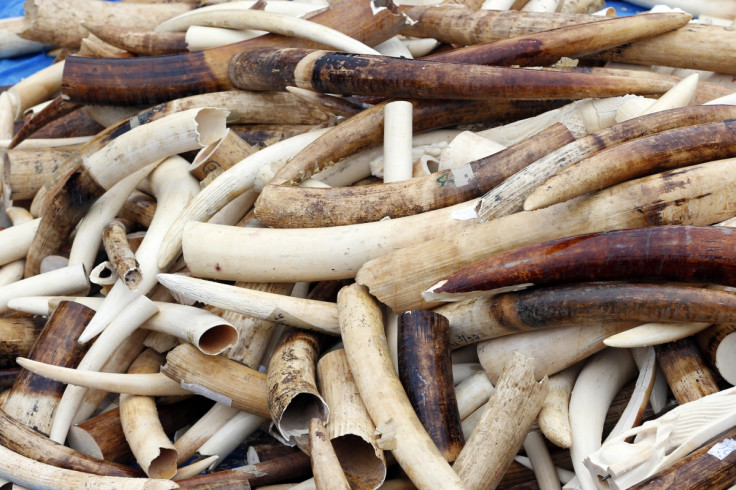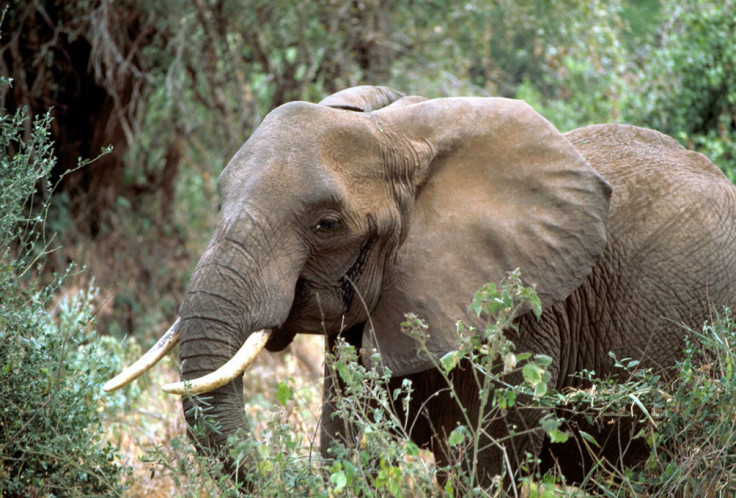Are Drones The Answer to the Problem of Poaching?

Hundreds of feet above the ground, the drone hones in on its target – not the militant strongholds of Pakistan or Afghanistan, but poachers illegally hunting elephants in the African bush.
Anti-poaching drones are the latest technology in the bid to stop the illegal killing of elephants and rhinoceros. Last week, the Kenyan government announced it would deploy the unmanned flying vehicles, which patrol protected wildlife areas to deter animal poachers, in 52 of its national parks. The $103m drone project, which is being partly funded by Kenya, as well as the US, French and Dutch governments, came after tests involving prototypes of the equipment saw poaching reduced by 96% in a major wildlife area.
Speaking to IBTimes UK, Max Graham, founder and CEO of the international conservation charity Space for Giants, said that it may be too early to tell if the drones can help stamp out poaching for good. "The technology is very new and its application is very much in its infancy," he said. Yet so far, the small, remote-controlled planes have proved to be a great asset in a country which faces a grave poaching threat.

Poaching in Kenya spiked sevenfold between 2007 and 2010, and since 2012, over 430 elephants and around 400 rhinos have been killed. Elephants in particular are at risk of being slaughtered to feed the ivory black market and according information obtained by the Guardian, poachers have already killed 51 animals this year.
The exploitation of elephants for the ivory trade, as well as the rhino horn trade, is continuing to deplete the populations of the animals – despite efforts to halt the brutal practice.
Just this week, six elephants were shot dead in a private reserve in one of the worst poaching incidents in Kenya for several years. The reserve, on the edge of the Tsavo national park, is the country's main elephant sanctuary and is home to around 11,000 of the animals. Four of the elephants, as reported by the Telegraph, were killed in an attack party motivated by revenge against officials. As calves without tusks, they were of no value to the poachers.
In January, a San Francisco start-up announced it had held successful trials of another anti-poaching drone in Ol Pejeta Conservancy in the central Laikipia district of central Kenya. Consisting of two fixed-wing aircraft and one flexible wing drone, the Airware control system proved to be an effective tool to monitor and deter poachers.
Ol Pejeta is the largest black rhino sanctuary in East Africa. Poachers pose the greatest risk to rhinos and in 2013, 50 Kenyan rhinoceros were hunted and killed. This year, 18 have fallen prey to poachers already. The conservancy spends most of its budget trying to protect the rhinos, as well as other at-risk species.
Jonathan Downey, the CEO of Airware, said the "Aerial Ranger" was cheaper than using traditional aircraft or jeeps to patrol conservation areas. "Using infrared we can easily spot a campfire being used by poachers, who often some in to the park at night," he explained.
"The level is such that we can see an elephant's trunk change from white to black after he takes a drink of cold water."
The drone, which operates day and night, sends real-time digital video and thermal imaging feeds of animals and potential poachers on the ground. The live footage can be used to identify individuals and can be used as evidence in court. But the deterrent factor alone may have the most significant impact.
A promotional video by Airware, which documented the testing of the technology, explains: "This technology will make it possible for the conservancies to monitor the wildlife centres more frequently and at a fraction of the cost, providing more reliable data for managing the animal population."
Using the technology, accurate censuses can be conducted to provide valuable and reliable data about the wildlife and ecosystem – at a minimal cost. To do so, the survey has to fly for 13 hours at approximately $220 an hour.
Ol Pejeta said in a statement that although it will take time for the technology to become widespread, the Airware drones surpassed all expectations: "While the sensors are tweaked, the screws tightened and the wires adjusted, wildlife conservationists everywhere can prepare themselves for a revolution." This revolution well be the answer to the problem of poaching.
© Copyright IBTimes 2025. All rights reserved.






















